There’s a saying about the Japanese: “Born Shinto, married Christian, die Buddhist”. As with many idioms it says a lot about the culture which birthed it. That’s especially the case in this country, with its unique mix of religious influences and current relationship with matters of faith. By most measures considered one of the most secular nations in the world, Japan is nevertheless a country where spiritualism is incorporated into daily life in myriad and subtle ways.
I first stumbled on a Shinto wedding at the massive Hachiman Shrine in Kamakura a decade or more ago. Shinto is the the native religion of Japan (in imperialist times, the official one). But in some respects it’s not really a religion at all – not an organized one anyway. It’s a system of folkloric beliefs which long predates Buddhism’s arrival in Japan, and has heavily influenced Japanese Buddhism rather than be swamped by it. I was fascinated by that Shinto wedding, full of mysterious rituals I couldn’t begin to fathom. Little did I know it was a ceremony barely a century old.
The truth of it is, there were no Shinto weddings per se before about 1880. There were (uncommonly) ceremonies performed by ritual dancers (katsurame) whose role was to protect the bride from demons. But no weddings as such, and it’s not entirely clear why there are sporadic records of them starting at this time. Some speculate the the decline of state-sponsored Jinja in the 1880’s is responsible. In fact Shinto weddings remained quite rare until Prince Yoshihito was married in a Shinto ceremony at the Imperial Palace in Tokyo in 1900.
This event seems to have been important in a number of ways. Meiji-era. Japan was becoming Westernized as never before, and this included an evolving view of marriage as a partnership (to an extent) between man and woman. It’s ironic that a more Western view of marriage would cause a spike in Shinto ceremonies celebrating it, but at the time, Shinto ceremonies were largely the only option for those who wished to have a formal service. Predictably Prince Yohihito’s wedding sparked copycats among social climbers and wishing to appear trendy. This largely stayed the case until after the war, when the lower classes began engaging in them in large numbers.
So what is a Shinto wedding, anyway? For starters, it’s worth noting that shrines are largely open-air affairs, so it’s not as if you need to crash the party if you happen to stumble on one and want to observe. As with most Shinto rituals, the wedding ceremony is built around purification. A priest and miko (shrine maiden) are present. Brides always wear formal kimono, but grooms will sometimes were Western formal attire. The exchange of sake (its role in Shinto is an article all to itself) between the bride and groom is perhaps the crucial moment. Three pourings, of increasing sizes, are shared. Three is the crucial number here, as it often is in Shinto. Three pours, finished in three sips, shared three times. This is called the san-san-ku-do (three-three-nine times).
At this point there’s a sharing of vows – though only the groom offers them. Reflecting the preeminence of arranged marriage in Japanese history a matchmaker (nakoddo) is thanked – whether there is one or not. Offerings of sake, fruit, or other food items are made by the bride and groom, and then their close family. Rings are exchanged (seemingly a concession to the Western wedding tradition). There is a group drinking of sake with the eponymous “Kanpai”, and the priest offers several prayers (usually to Izanagi and Izanami, brother-sister/husband-wife creator Gods) – commonly asking for such things as harmony and of course fertility. The entire ceremony usually runs about 20-30 minutes.
As noted, this ceremony become democratized after World War II, and at its peak encompassed about 90% of formal marriage ceremonies performed in Japan. But harken back to that old adage I started the article with. Over the past few decades that number has dropped to about 50% – and is probably even lower now. And of course what’s made up the difference is Christian weddings. Most Japanese aren’t Christians of course – only about 2-3% of the country is, including expats. But for most Japanese a “Christian” wedding is no more a religious event than Christmas. I’m reminded of something director Micheal Dudok de Wit said during our interview a few years ago. When he was speaking to people like Takahata Isao and Suzuki Toshio during co-production of The Red Turtle with Ghibli, they commonly referred to all Western movies as “Christian films”. To them, the terms were interchangeable.
So then – what is a “Christian” wedding in Japan? In order to understand this, one has to understand the (complicated) concept of mushuukyou. This is another of those Japanese terms that can’t be translated into a single English one, but it more or less means non-religious. But not – there seems to be an implication of some spirituality too. So perhaps it would be better to say “unaffiliated” – and as such, it encompasses the majority of the Japanese population. Japanese church weddings are a reflection of this – in the overwhelming majority of cases they carry no religious significance whatsoever (again, like Christmas). Yet they are frequently held in churches, with a minister presiding. Frankly, it’s all about putting on a good show.
As for the mechanics of the ceremony, it’s generally a standard Protestant affair. The father walks the bride down the aisle and gives her away. Vows are exchanged, rings too. Hymns are sung. If the minister is not Japanese (which is usually the case) the ceremony is performed in a mix of Japanese and English (or rarely another foreign language). It should also be noted that as actual churches are relatively rare in many parts of Japan – and the irrelevance of the religious aspect to the parties involved – the “wedding chapel” industry has become a multi-billion dollar behemoth here. Most of these are not the garish Vegas-style affairs most Americans would imagine, but are are a sort of classic Japanese funhouse-mirror interpretation of a Western concept.
Now, the other part of this commission was to come up with a list of my favorite anime about married people. I knew that would be hard. But until I actually started trying to think of some, I didn’t realize just how hard. Frankly, there ain’t much there even if you stretch to include “effectively married” couples. This is a theme that anime has largely ignored, and while I confess there may be a couple of good ones I’ve managed to forget, there just aren’t very many worthy examples. And I don’t see much point in including series I dropped (like Danna ga Nani wo Itteiru ka Wakaranai Ken) or didn’t watch at all.
I have to start with Tonikaku Cawaii. It’s the first that popped to mind, and after considering the subject at length it remains the foremost example for me. Admittedly this couple is awfully young (or old, depending on how you look at it), but we do get the witness the ups and downs of daily life for young marrieds in modern Japan. I love this series but it’s those slice of life episodes where I think it works the best.
Next for me is Natsuyuki Rendezvous. In a sense it’s kind of a cheat, since- well, I won’t spoil, but the fantasy element means this is not a traditional married couple. Nevertheless this is a mature, subtle show which really shows us the complicated feelings between husband and wife (both in their past and present). I like this series a lot and it’s quite underrated.
After that (yes, all of two shows) for me it gets much more difficult. We have Clannad After Story of course, which for many fans is probably the Platonic ideal of a married couple anime. But Clannad never did that much for me – I find it rather push-button manipulative and overwrought. It’s Maeda Jun at his most self-indulgent, and for Key I much prefer Kanon (with Hisaya Naoki as the main creative voice) and Little Busters. But if you want married anime this is certainly it.
I’m also going to throw Shinigami Bocchan to Kuro Maid in here, which – as good as it is – shows just what a dry well this topic is. If you’ve seen it you know why but hey, it does technically qualify and I do like Bocchan and Alice an awful lot as a couple. And I’ll finish with Jiisan Baasan Wakagaeru, because while no masterpiece is undeniably a series focused on a married couple. And it actually does a nice job of portraying the depth of love a couple in the December of their journey can feel for each other, and the futile wish that they might never have to say goodbye. And there aren’t many anime we can say that about.
Thanks once again to Nicc for commissioning this article.


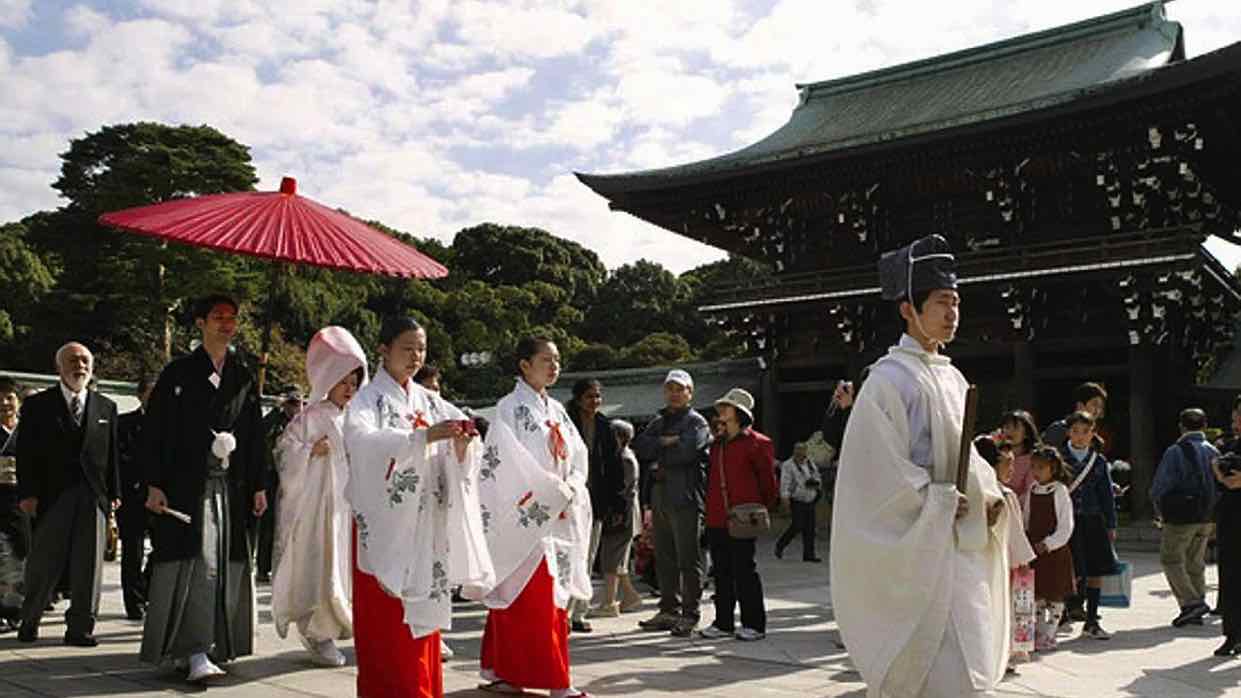
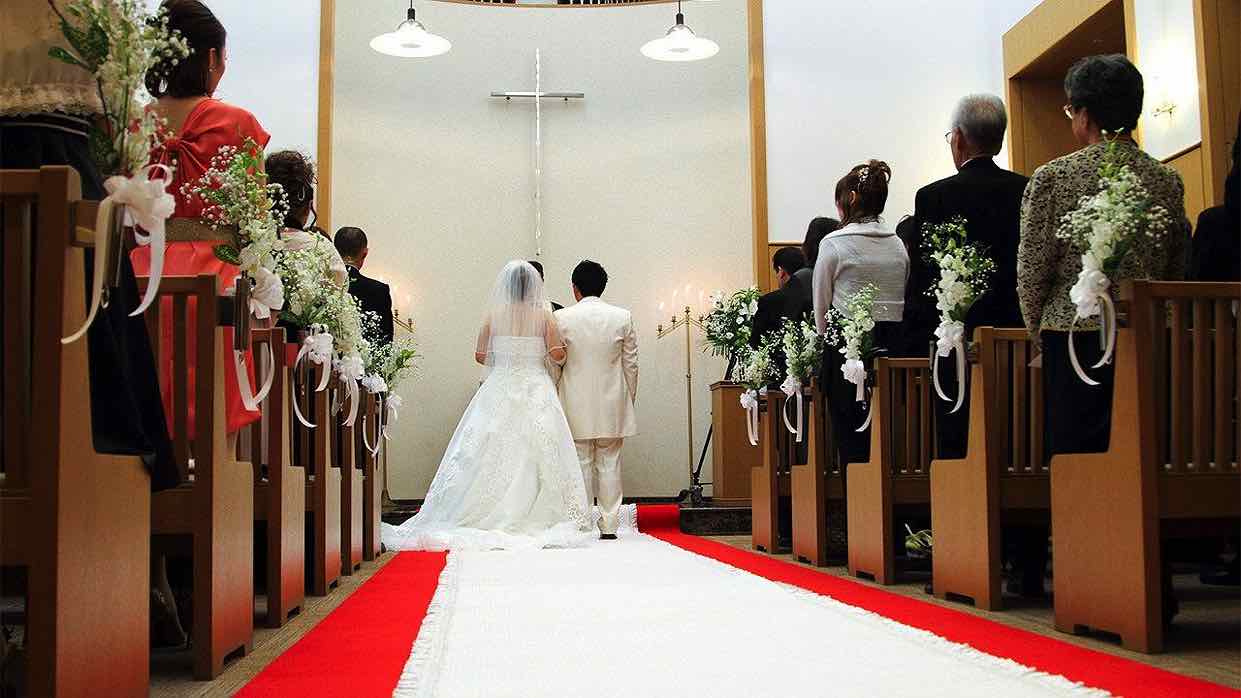

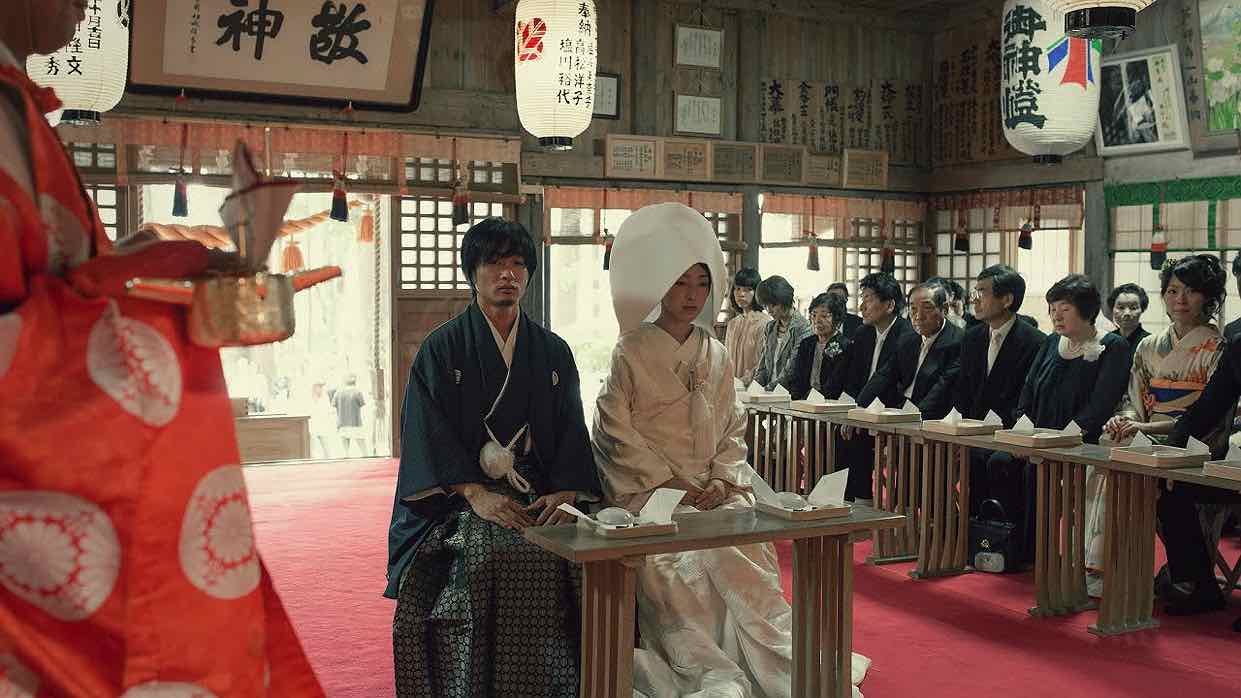
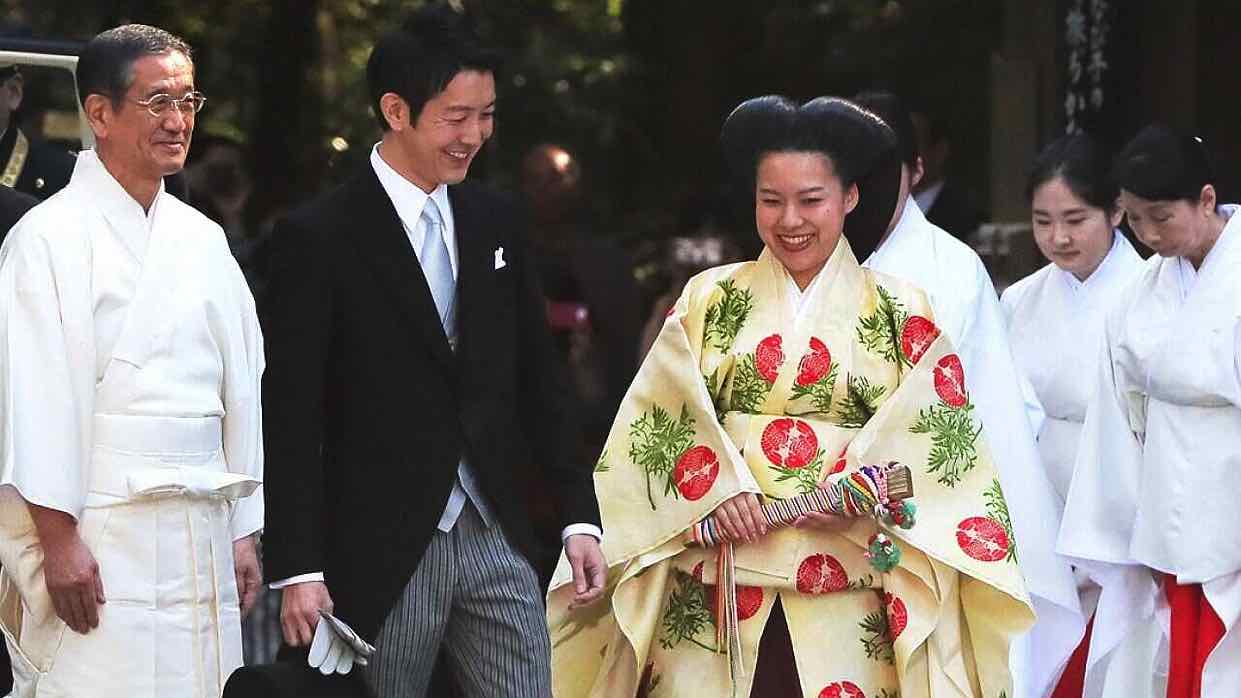
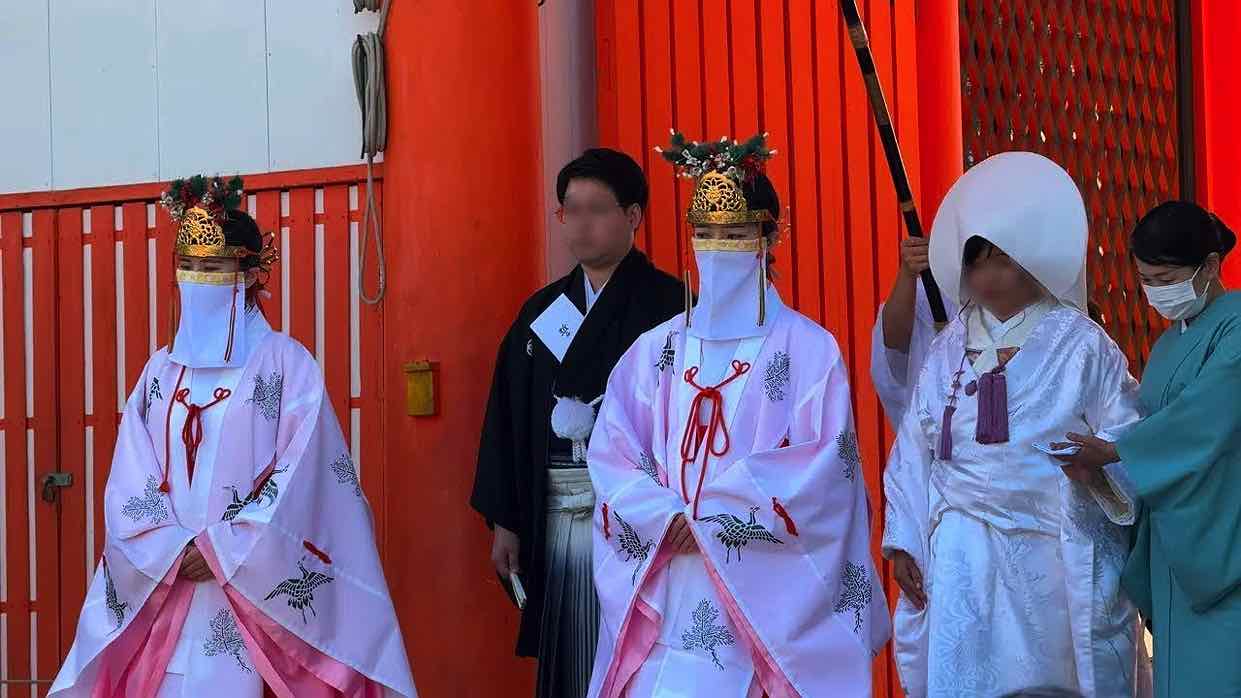
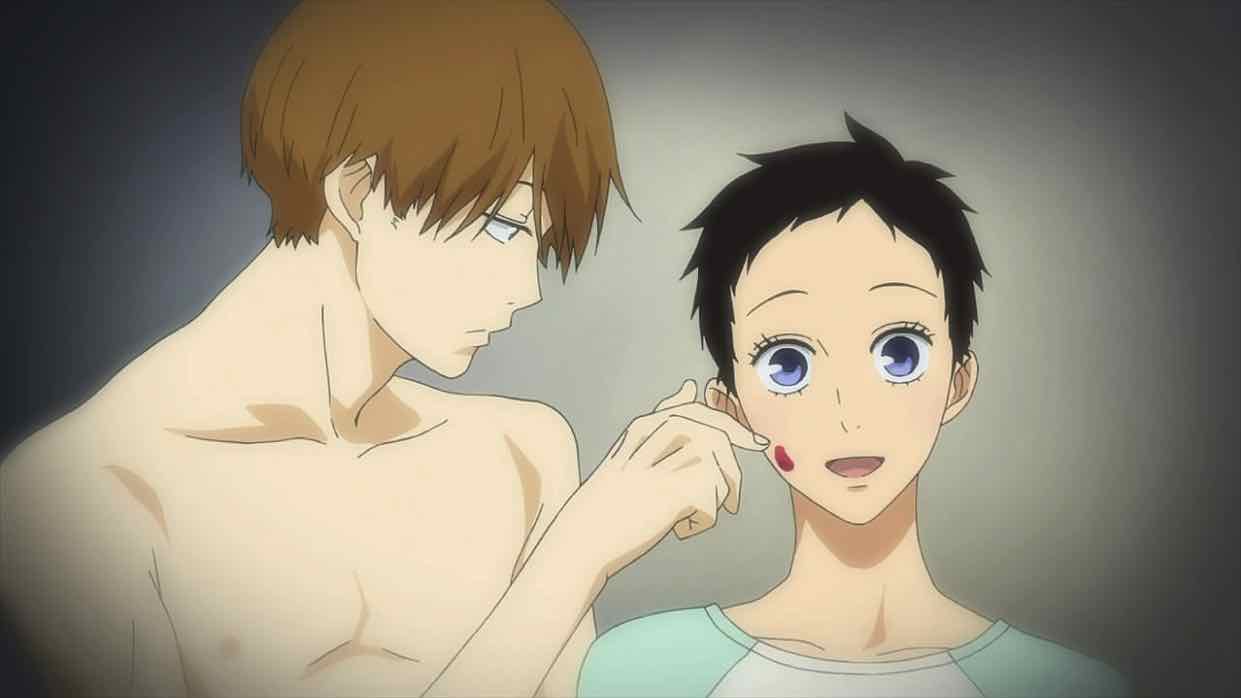
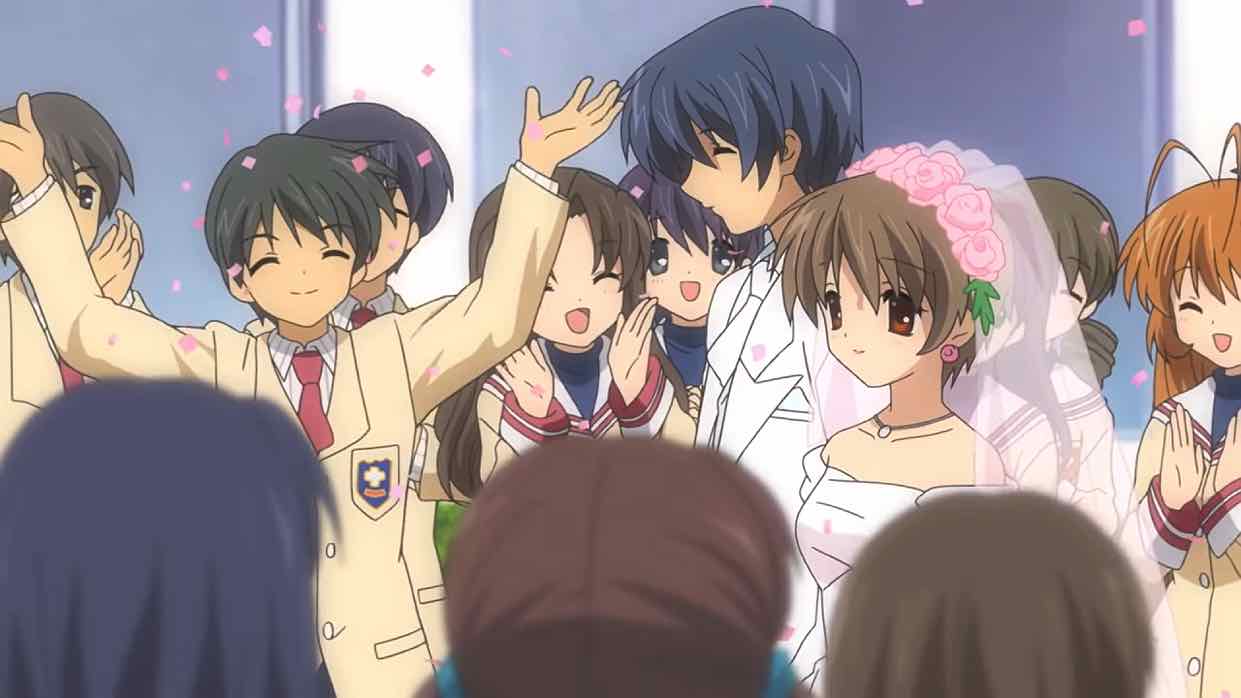
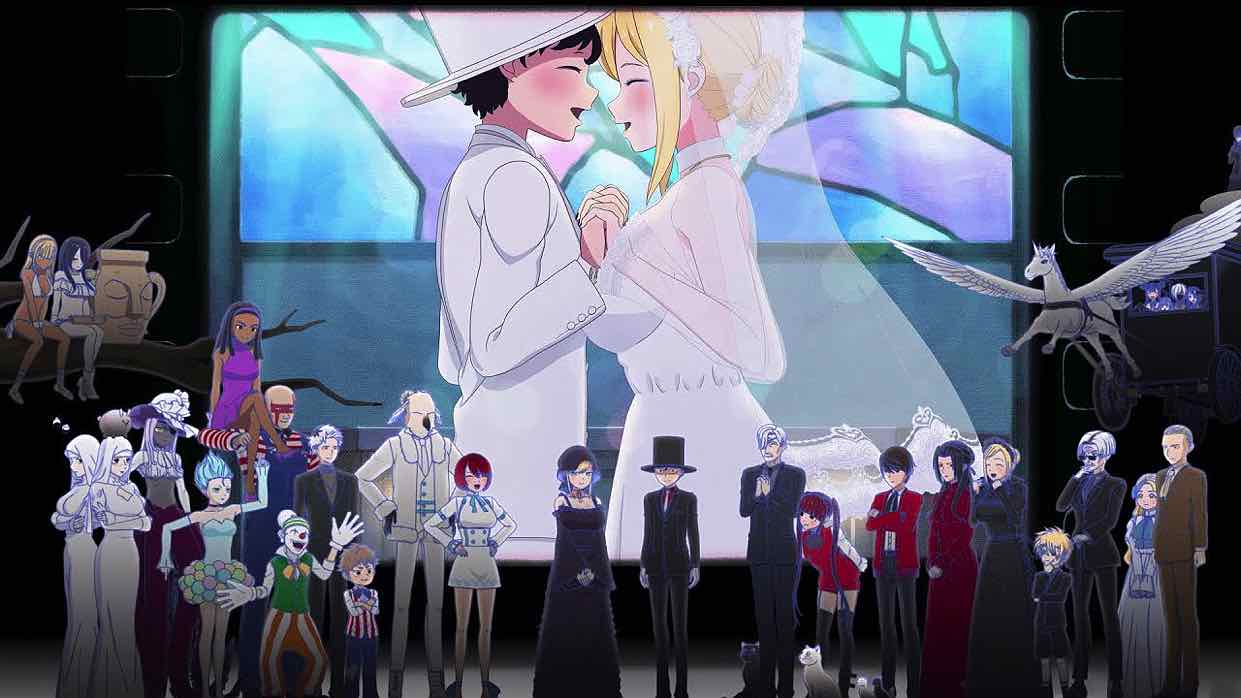
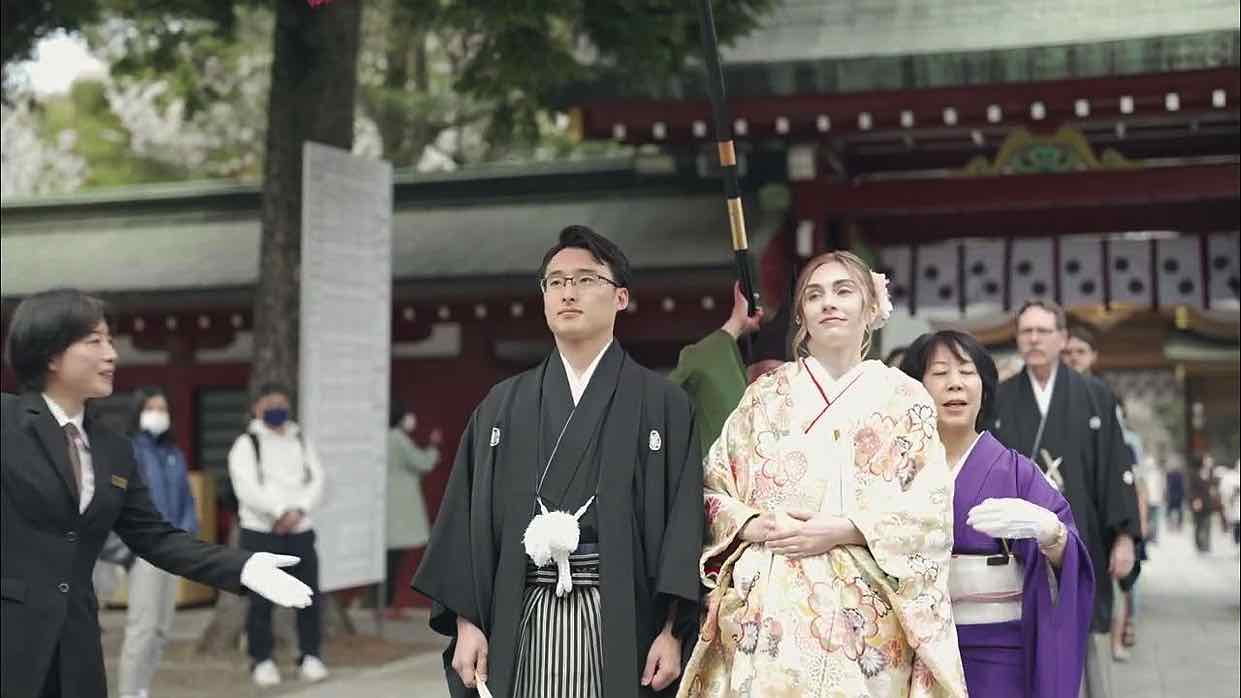
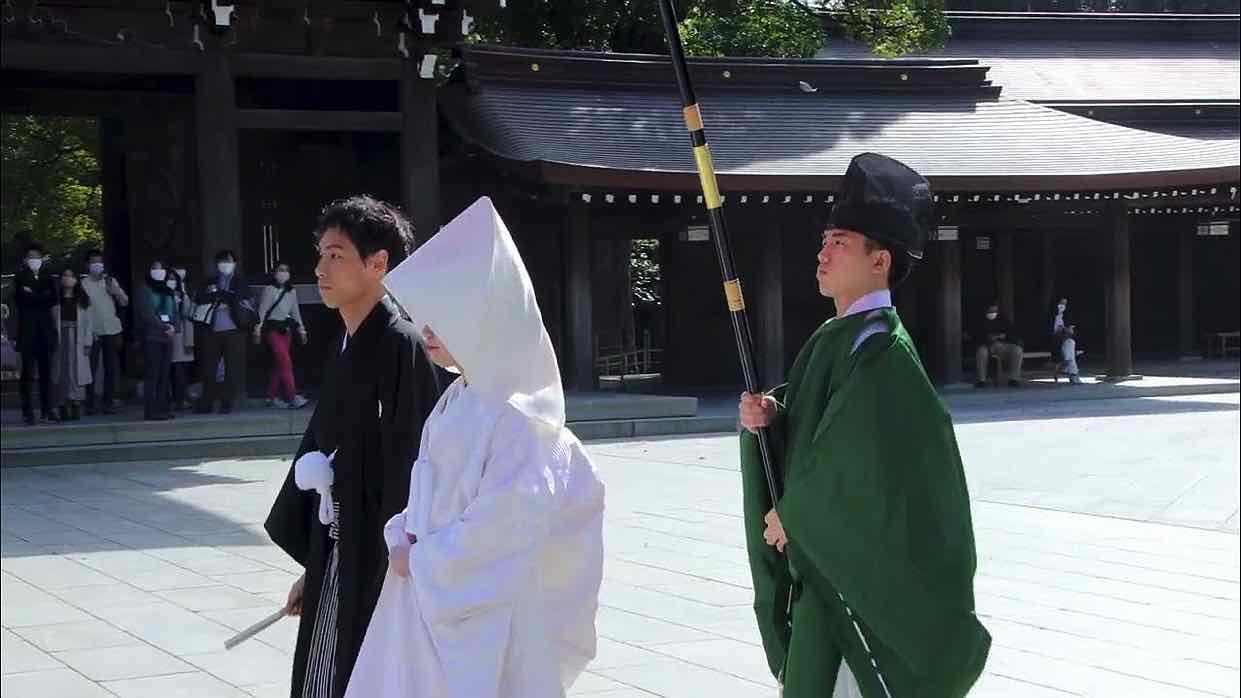



Nicc
July 25, 2024 at 7:34 amSummer is indeed a time for weddings. I can see that just from driving around the city. I’ve seen couples taking photos on the sidewalks or near landmarks. One of the Chinese restaurants we like to frequent has two floors, with the upper one reserved for events. In the three visits we’ve made so far this summer, the upper floor has been booked for weddings each time. I’m pretty sure that it has been like that through the summer.
Thus, it’s great timing for such a topic, even if June isn’t necessarily a great time for weddings in Japan due to the rainy season. I too was surprised to learn that the Shinto wedding is actually a modern invention, even if doesn’t look like it. Thanks for the detailed explanation about the Shinto wedding. I appreciate the detail you went into the Christian wedding too.
Coming up with serials which featured married couples was difficult for me too as getting married tends to the destination and not the journey. Thus, married life is basically saved for the ending or the epilogue. That’s a solid list too and “Tonikaku Cawaii” was also the first series that come to my mind. I remember not liking the fantasy twist from “Natsuyuki Rendezvous”, but that was over ten years ago and it may be worth revisiting again. Thanks again for taking up this commission and I learned a lot here.
Guardian Enzo
July 25, 2024 at 10:59 amNicc, my gratitude to you for all the support you’ve given the site is limitless. This was an interesting topic for sure.